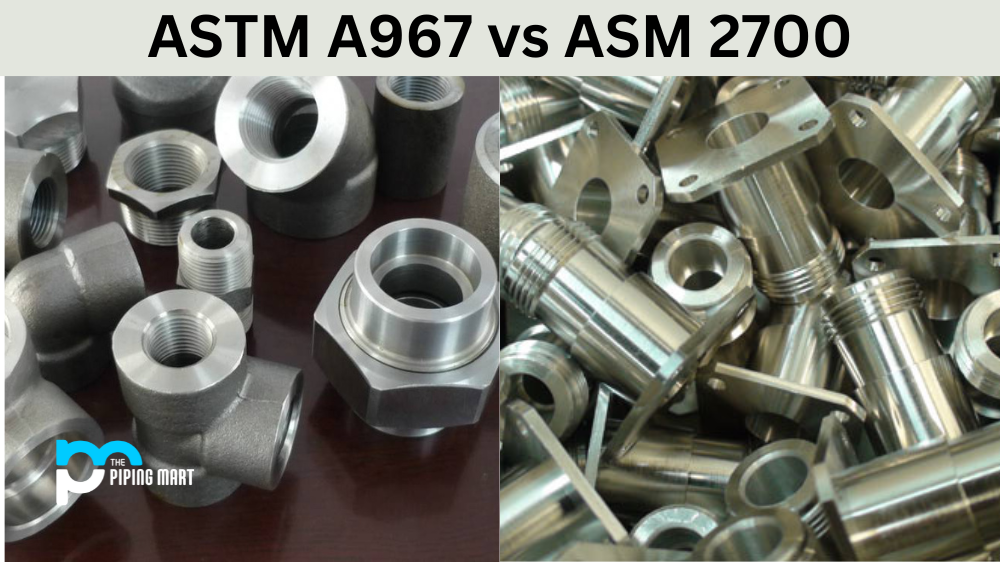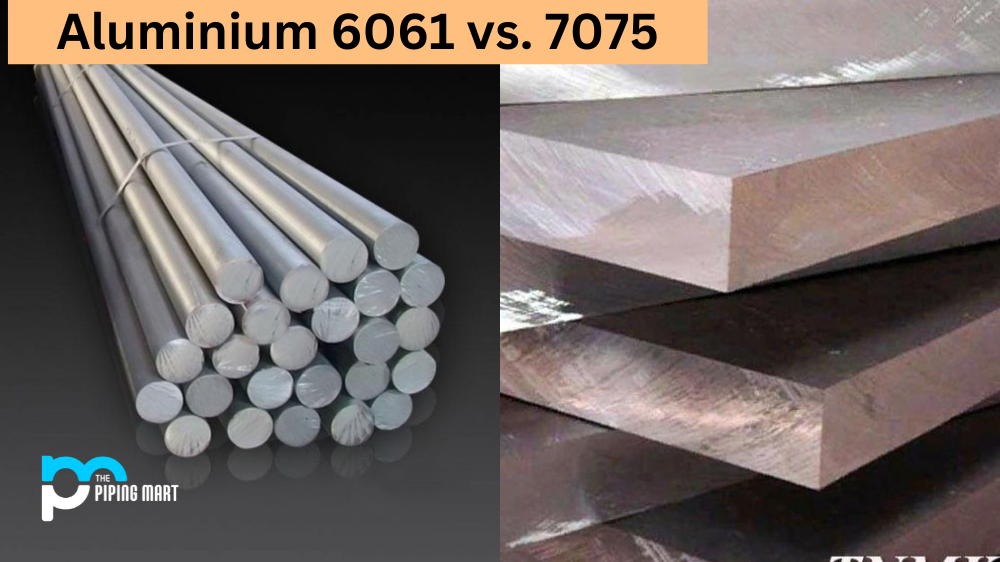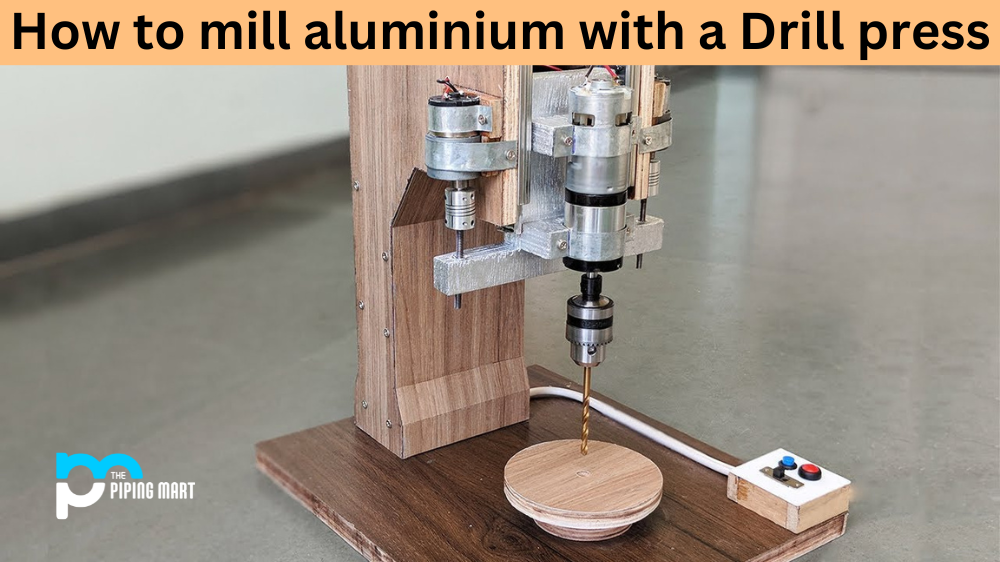When it comes to using aluminium in engineering projects, it is vital to understand the differences between different alloys. Two popular options are Aluminium Alloy 5083 and Aluminium Alloy 6082. Let’s explore both in more detail to help you decide which one is right for your project.
Aluminium Alloy 5083
Aluminium alloy 5083 is an alloy that contains a combination of 4.5% magnesium, 0.6% manganese, and 0.25% chromium as its main alloying elements. It has good corrosion resistance and strength, making it suitable for use in many engineering applications, such as marine structures, cryogenic vessels, pressure vessels, etc. It also has a low melting point of around 500 degrees Celsius which means that it can be used in welding applications without the risk of melting or warping the material. In addition, this alloy is highly resistant to seawater corrosion and weathering, making it ideal for outdoor applications where exposure to the elements is likely.
Aluminium Alloy 6082
Aluminium alloy 6082 is an alloy that contains a combination of 0.7% manganese, 1.0% magnesium, 0.6% silicon, and 0.5% copper as its main alloying elements. This alloy has higher strength than other alloys, such as 6061 or 5083 but still maintains good workability due to its moderate hardness rating (H14). It also offers excellent corrosion resistance when exposed to saltwater environments or acidic solutions such as vinegar or lemon juice. Furthermore, this alloy does not require any special heat treatment processes when welding, so it can be welded with ease using conventional techniques like MIG or TIG welding processes without fear of warping or distortion during the cooling process after welding is complete.
Difference Between 5083 and 6082 Aluminum Alloys
Chemical Composition
The main difference between 5083 and 6082 aluminum alloys is in their chemical composition. Aluminium 5083 contains 5.2-6.1% magnesium, 0.4% maximum manganese, and 0.1% maximum chromium, whereas aluminium 6082 contains 0.7-1.3% magnesium, 0.4-0.9% manganese, and 0 to 0.25% chromium. As a result of these different chemical compositions, 5083 aluminium alloy is more resistant to corrosion than 6082 aluminium alloy but is also more difficult to weld.
Applications
5083 aluminium alloy is used in marine applications such as shipbuilding and boat hulls due to its excellent corrosion resistance. It is also used in vehicles such as cars and trucks because it is strong yet lightweight. Aluminium 6082, on the other hand, is used mostly for structural applications such as framing and extrusions due to its high-strength properties. It is also used in the construction industry for applications such as roofing and decking.
Price
Aluminium 6082 price per kg is less compared to aluminium 5083 due to its higher magnesium content. However, both alloys are relatively inexpensive compared to other metals, such as steel or titanium.
Conclusion:
When selecting an aluminium alloy for your engineering project, there are several factors to consider, including cost efficiency, application requirements, and environmental conditions that your part may be exposed to over time. Aluminum alloys 5083 and 6082 offer excellent performance characteristics for many applications but selecting one over the other should depend on specific design requirements and environmental conditions present at the time of fabrication. By understanding the differences between these two alloys, you can make an informed decision that best meets your needs while ensuring optimal performance over time!
Meet Heer, a dynamic and driven writer learning tricks of her trade in the metal industry. With a background in Digital Marketing, Heer brings a unique perspective to her writing, sharing valuable insights. Apart from blogging she like reading and hiking.




